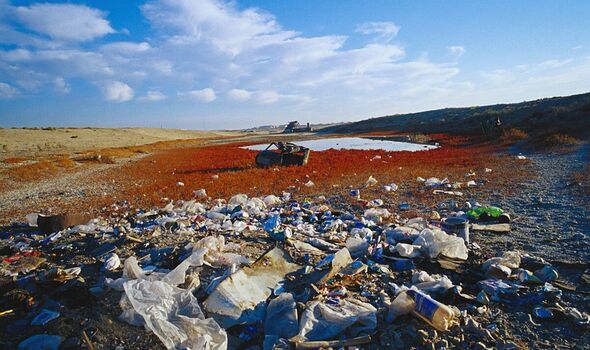Huge swathes of a Central Asian country have been described as a “silent Chernobyl” after being turned into a vast desert covering thousands of square kilometres.
Moreover dust from the huge man-made desert is causing serious environmental and health problems throughout large areas of the region, a new study has revealed.
The Aralkum Desert covers 60,000 square kilometres and sprang up in the place of the Aral Sea.
Though smaller than the Karakum and Kyzylkum, it ranks as one of the biggest man-made deserts in the world.
The Aral Sea was once the fourth largest inland water body in the world with an original area of 26,300 square miles (68,000 square kilometres).
It was located between souther Kazakhstan and northern Uzbekistan and was fed by two major rivers – the Amu Darya and Syr Darya respectively.
However, Soviet planners in 1960s decided to divert the water feeding the lake to provide irrigation for their new agricultural projects – chiefly the cultivation of cotton in Uzbekistan.
Following the disastrous political decision, most of the lake gradually dried up over the course of the next decade, leaving behind a huge man-made desert which devastated once thriving fishing communities.
The impact of the environmental disaster has been likened to that of the Chernobyl nuclear meltdown in 1986 in Soviet Ukraine.
Researchers say dust emissions from the desert almost doubled from 14 to 27 million tonnes between 1985 and 2015, causing serious health issues in the region.
Scientists at the Leibniz Institute for Tropospheric Research (TROPOS) and Freie Universität Berlin wrote in a report: “The dust not only endangers residents in the region, but also affects air quality in the capitals of Tajikistan and Turkmenistan.”
They also noted that the dust was helping to melt glaciers and was exacerbating the water crisis in the area.
The dust from the Aralkum Desert is more dangerous because it contains residues of fertilisers and pesticides from former agriculture.
Kazakhstan’s government has tried to reverse some of the ecological damage unleashed by former Soviet leader Nikita Khrushchev.
The North Aral Sea in Kazakhstan has been revived with the help of the World Bank, which donated £66m to a rescue project.
This included constructing a 12km-long (7.5 mile) dyke across the narrow channel that connects the North Aral Sea to its neighbour to the south, with the aim of reducing the amount of water spilling out into the South Aral Sea.
Improvements to existing channels of the Syr Darya river, which snakes northwards from Kazakhstan’s Tian Shan Mountains, also helped to boost the flow of water into the North Aral Sea.
The Kokaral dam – as the dyke is known – was completed in 2005 and led to a miraculous recovery in water levels.
These rose by 3.3m (10.8ft) in just seven months. Scientists originally predicted it would take 10 years for the water to rise to by such an amount.
